Gibb's Cycle for Reflection: Analyzing a First Aid Emergency Response
VerifiedAdded on 2021/05/31
|5
|1008
|59
Homework Assignment
AI Summary
This assignment is a reflective analysis of a first aid scenario using Gibb's Cycle. The student recounts encountering an unconscious young man and the immediate actions taken, including assessing the environment, checking for consciousness and breathing, and calling for emergency services. The student describes their feelings of shock, fear, and sympathy, acknowledging how these emotions impacted their ability to efficiently administer first aid. The evaluation section highlights both successes and challenges, particularly the impact of panic on performing compressions correctly. Analysis delves into the importance of safety, the DRSABC assessment, and the influence of the student's phobia of death. The conclusion emphasizes the effectiveness of the DRSABC assessment and the need to manage emotions during emergencies. The action plan outlines strategies to remain calm and focused in future situations, including improved pre-planning and address verification. References to relevant literature are also included to support the analysis.
1 out of 5
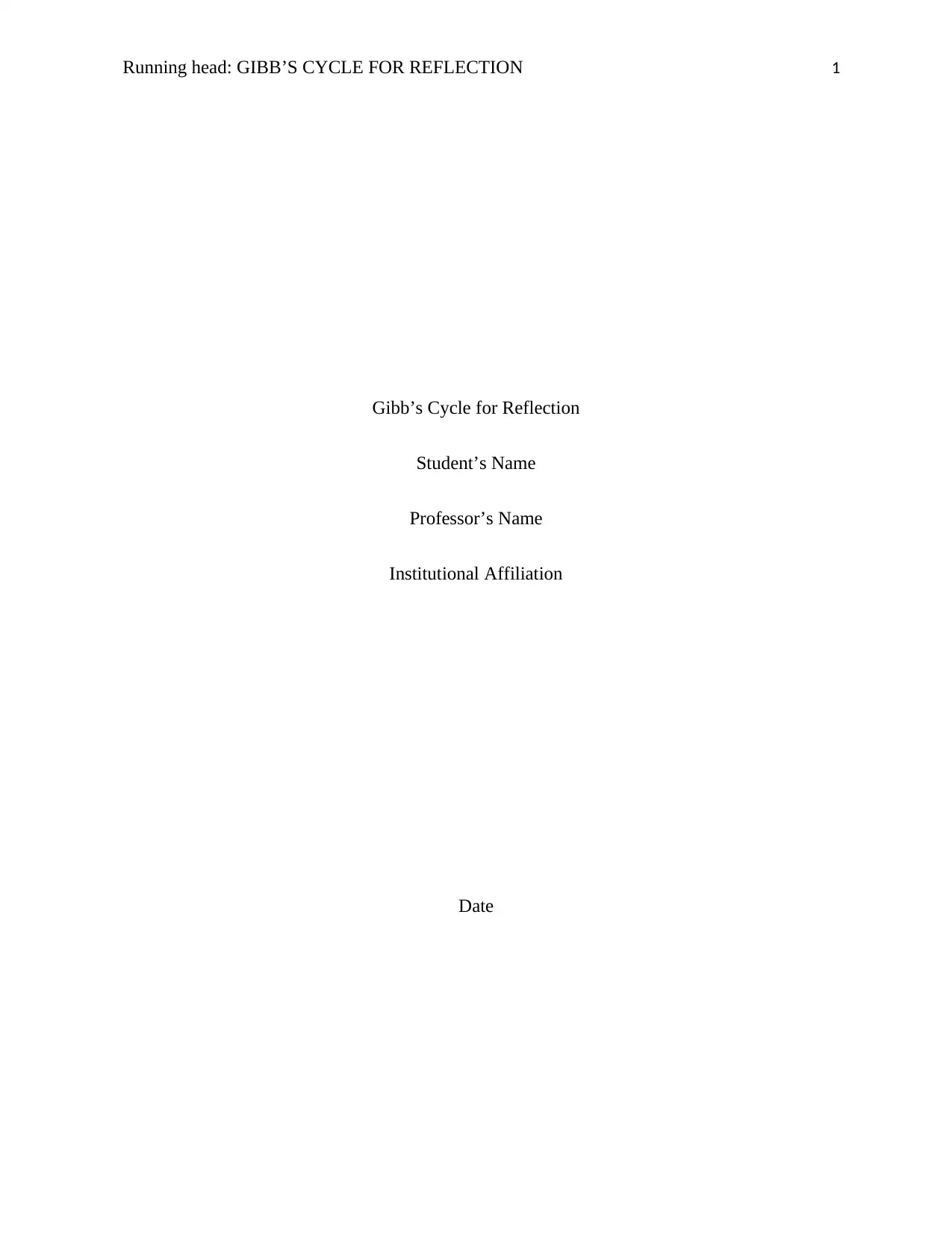
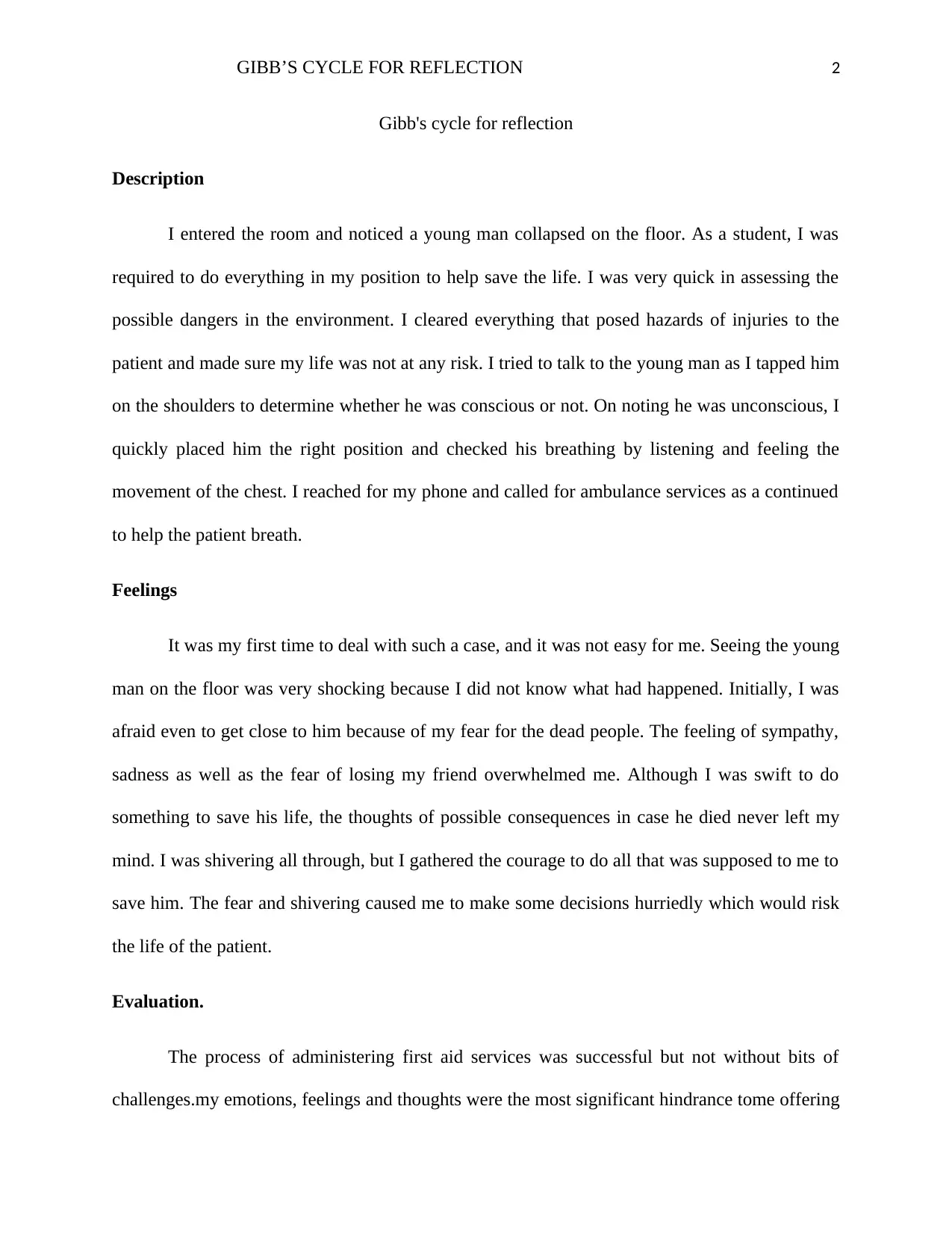
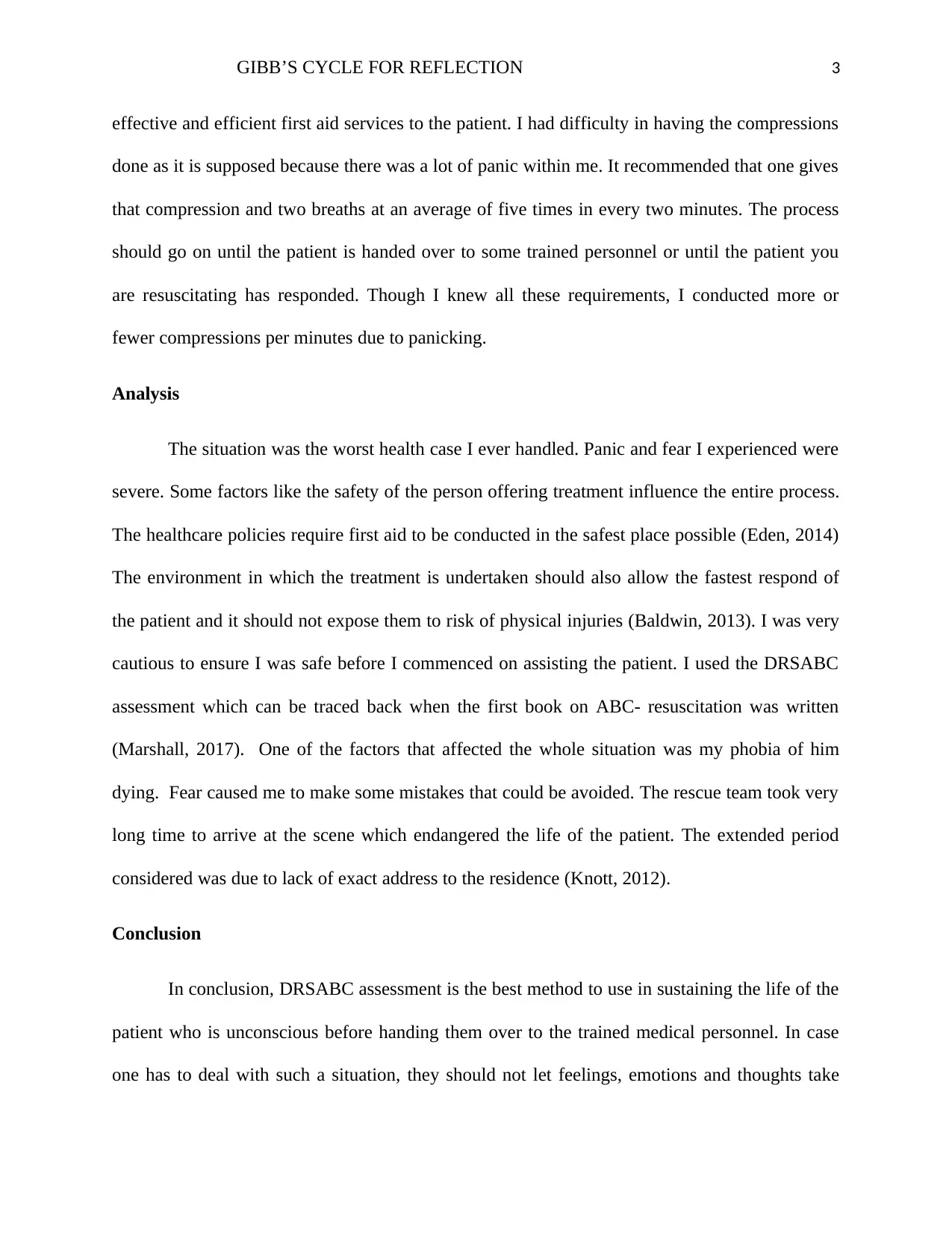

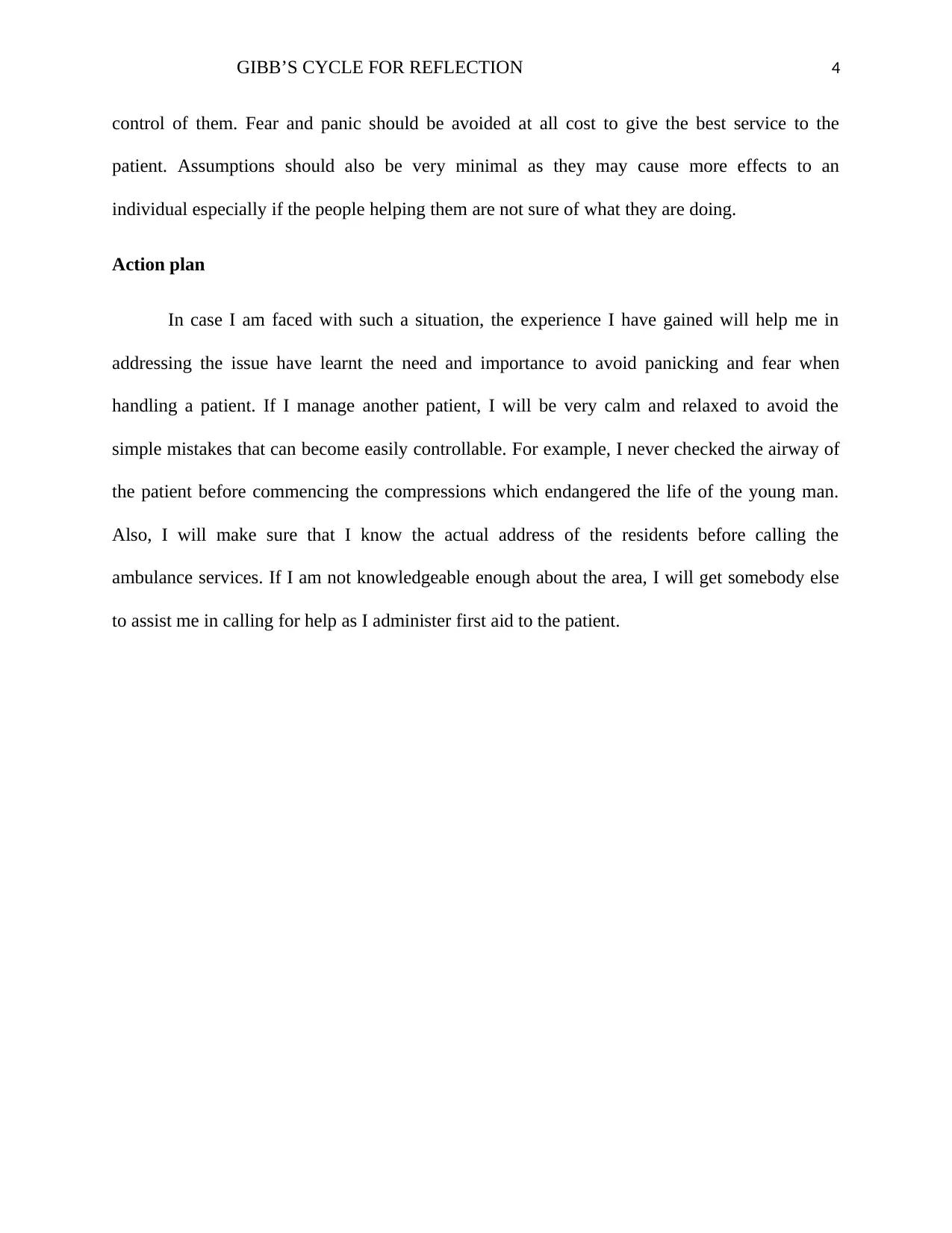
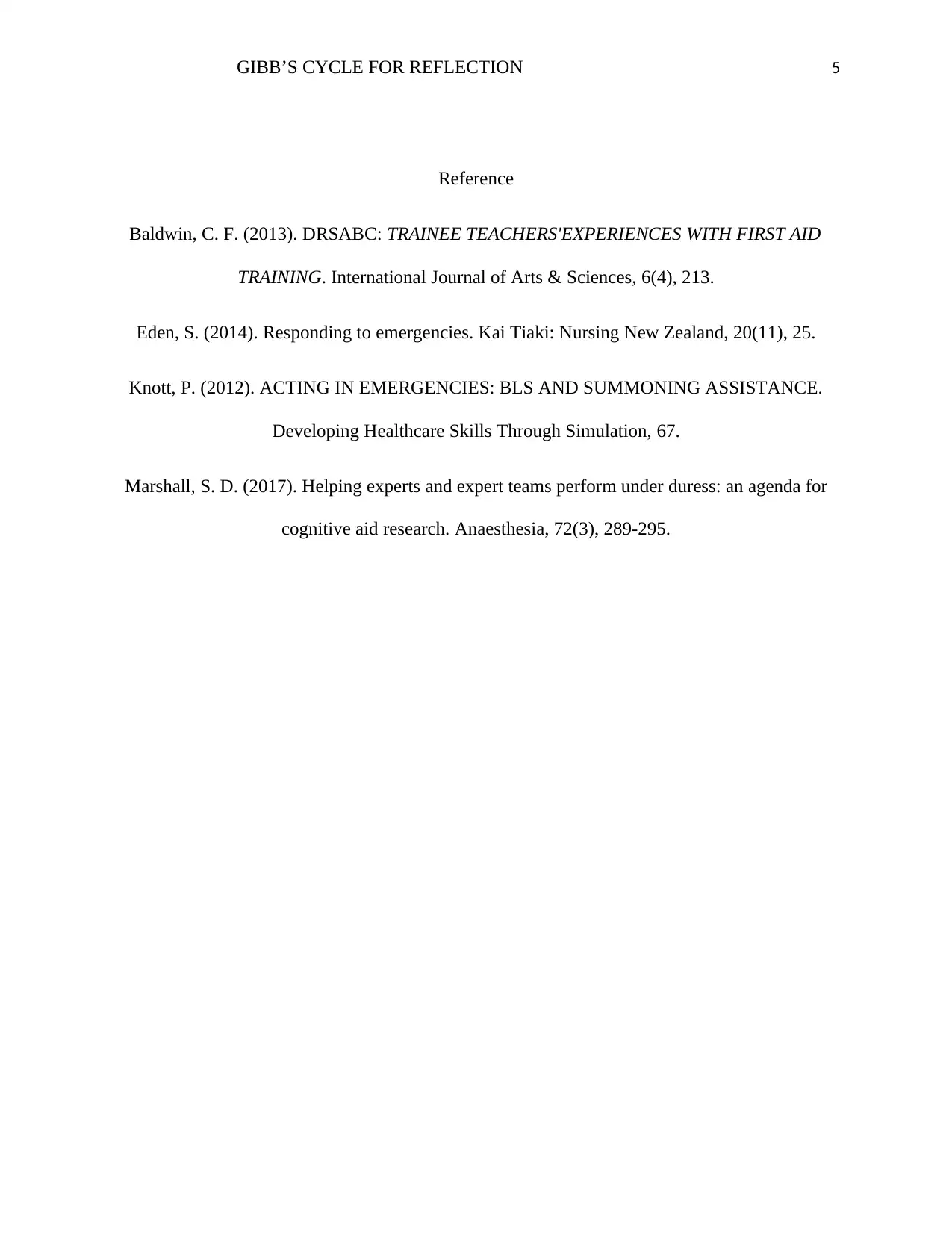





![[object Object]](/_next/static/media/star-bottom.7253800d.svg)